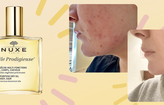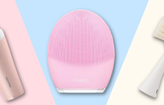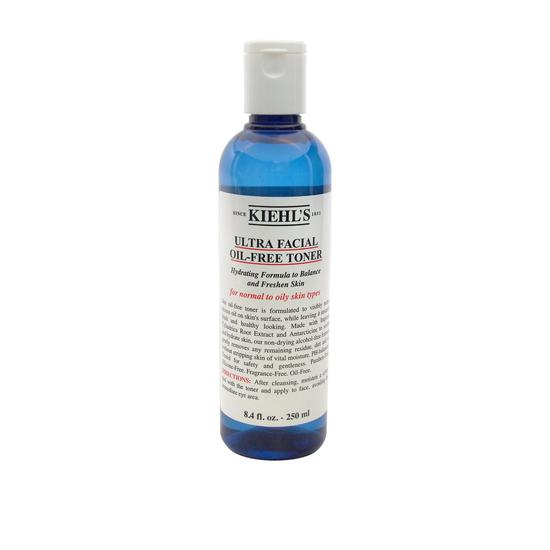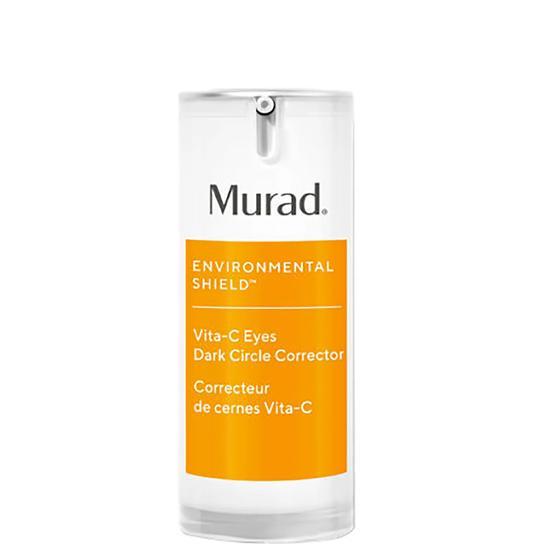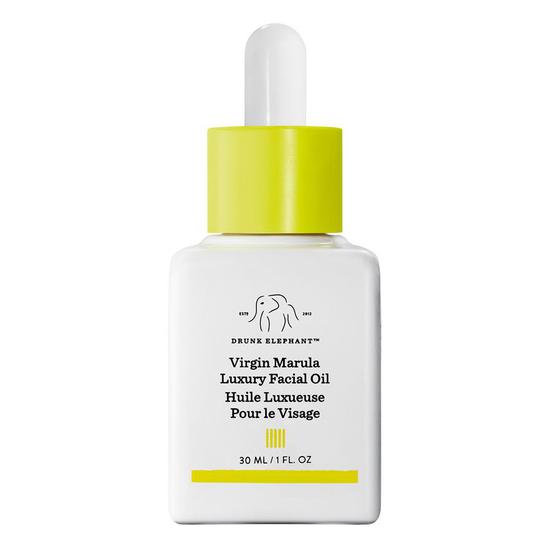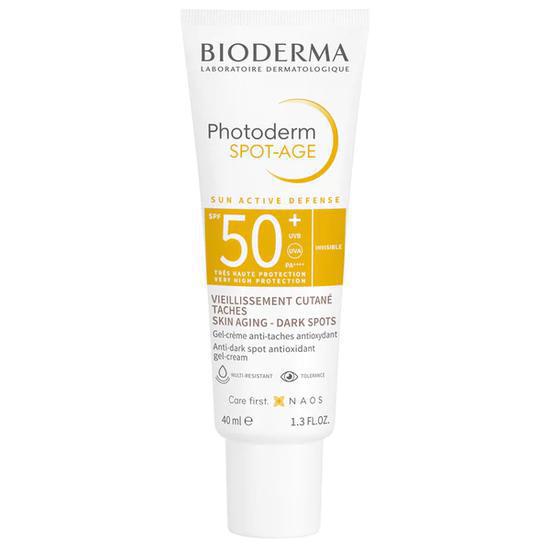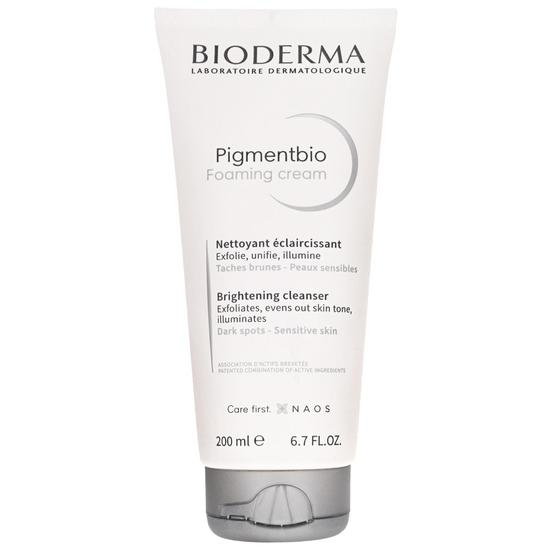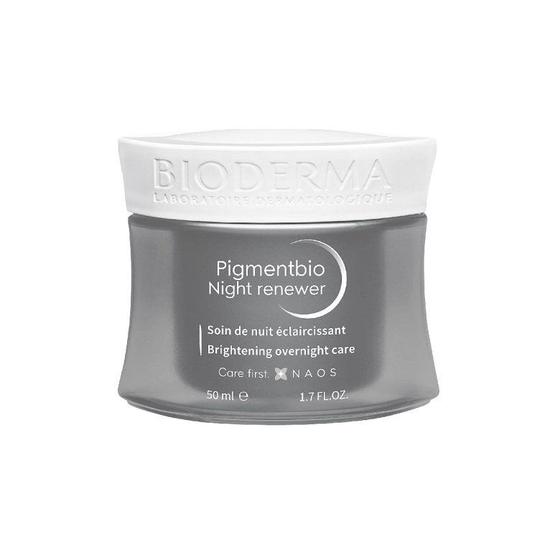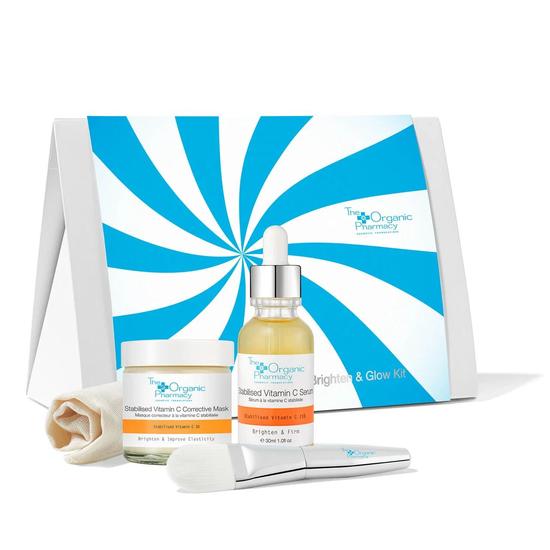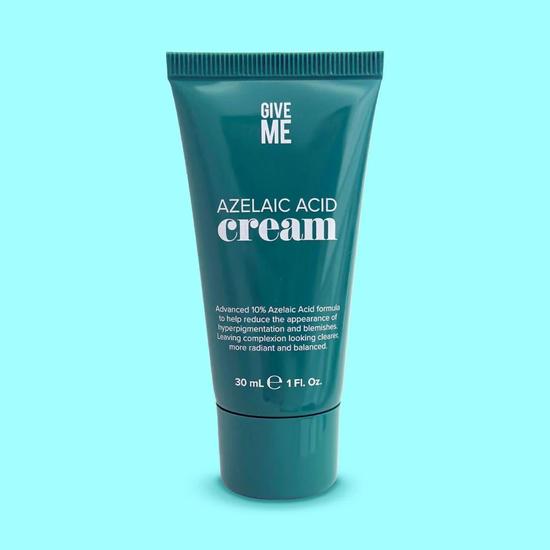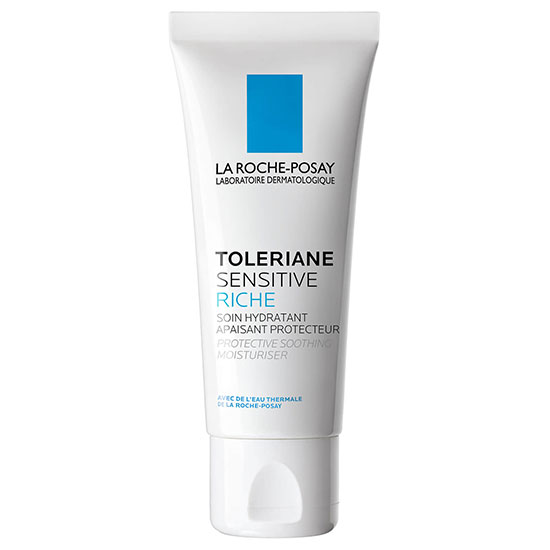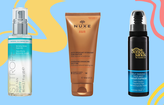
- Skin
- Azelaic Acid With Vitamin C
Can You Use Azelaic Acid With Vitamin C?
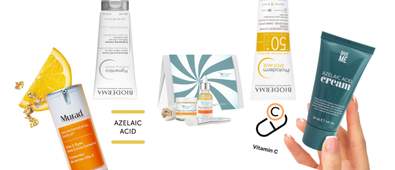
These two are strong contenders in the battle against dull skin and hyperpigmentation. Azelaic acid and vitamin C reap such benefits and more; however, it's essential to know how well your skin can tolerate them—and whether the two can be layered together. Fortunately, the two are, generally, well-tolerated by most skin types and are available in a variety of strengths and concentrations. If you're looking to find out how to get the most out of this pairing, read on.
Can You Use Azelaic Acid With Vitamin C?
Yes—and this pairing is surprisingly gentle, effective, and glow-boosting.
Azelaic acid and vitamin C are two standout ingredients in the world of brightening and tone-correcting skincare. While vitamin C is well-known for its antioxidant properties and ability to fade pigmentation, azelaic acid is a lesser-known multitasker that helps with redness, acne, and uneven skin tone. Together, they create a balanced duo that can transform your skin without the harshness often associated with actives.
Better still? They're generally well tolerated by most skin types—including sensitive skin—when introduced properly. The key lies in how you layer them and the concentration you choose.
👉 Already know the benefits of each ingredient?
Jump To Routine
What does azelaic acid do for skin?
Azelaic acid is a dicarboxylic acid that naturally occurs in grains like barley and wheat—but in skincare, it's used in a synthetic, stable form. It’s anti-inflammatory, antibacterial, and lightly exfoliating, making it ideal for calming breakouts, reducing redness, and evening out skin tone.
It’s often recommended for rosacea-prone or acne-prone skin and is available both over-the-counter (in 5–10% concentrations) and via prescription (up to 20%).
Key benefits of azelaic acid:
- Fades hyperpigmentation: Helps reduce melasma, acne marks, and sun spots.
- Reduces redness: Calms inflammation associated with rosacea and acne.
- Unclogs pores: Gently exfoliates to prevent congestion and blackheads.
- Fights acne bacteria: Inhibits the growth of acne-causing microbes.
- Evens skin tone: Balances uneven patches and dullness.
- Safe for sensitive skin: Low risk of irritation compared to many acids.
Best for:
- Acne-prone or congested skin
- Post-acne scarring and redness
- Rosacea or easily inflamed skin
- Sensitive skin with pigmentation concerns
Unlike stronger exfoliants like glycolic acid or retinol, azelaic acid works gently over time. It’s ideal for those who want results without the sting.
What does vitamin C do for skin?
Vitamin C (L-ascorbic acid or its derivatives) is one of the most researched and effective antioxidants in skincare. It helps neutralise environmental damage, supports collagen production, and is best known for its ability to brighten the complexion.
When applied topically, vitamin C reduces signs of ageing and pigmentation by blocking melanin formation, making it a go-to for dull or uneven skin.
Key benefits of vitamin C:
- Brightens skin tone: Fades dark spots and boosts glow.
- Fades discolouration: Improves the appearance of sun spots, age spots, and post-acne marks.
- Protects from free radicals: Shields skin from environmental stress like pollution and UV rays.
- Supports collagen: Helps firm and smooth skin over time.
- Improves texture: Gently smooths and refines skin surface.
- Enhances sunscreen: Boosts your SPF’s ability to defend against sun damage.
Best for:
- Dull, tired-looking skin
- Uneven skin tone and hyperpigmentation
- Fine lines and wrinkles
- Sun-exposed or ageing skin
Look for stabilised formulas if you have sensitive skin or opt for derivatives like sodium ascorbyl phosphate or magnesium ascorbyl phosphate for milder yet effective results.
Comparing azelaic acid and vitamin C side-by-side
| Benefit | Azelaic Acid | Vitamin C |
|---|---|---|
| Fades Hyperpigmentation | ✅ Yes | ✅ Yes |
| Calms Redness | ✅ Very effective | ⚠️ Mild |
| Brightens Dull Skin | ✅ Yes | ✅ Yes |
| Fights Acne | ✅ Antibacterial | ⚠️ Mild |
| Smooths Texture | ✅ Gentle exfoliation | ✅ Antioxidant smoothing |
| Reduces Inflammation | ✅ Strongly | ✅ Antioxidant support |
| Boosts Collagen | ❌ Not directly | ✅ Stimulates production |
| Suitable for Sensitive Skin | ✅ Yes | ⚠️ Depends on formulation |
What can using azelaic acid and vitamin C do for me?
You can use them together and even in the same routine, depending on your skin type and tolerance.
These ingredients do not chemically interfere with each other, and they serve complementary purposes. Vitamin C is a potent antioxidant that prevents and fades pigmentation, while azelaic acid reduces inflammation, redness, and acne-related pigmentation. Their combination can offer a more comprehensive brightening and skin-soothing effect than either alone.
Unlike stronger combinations (like retinol with AHAs), this duo is generally safe and well-tolerated—making it ideal even for sensitive skin types.
Why this duo works well:
- Double brightening power: Both help fade pigmentation from different angles.
- Anti-inflammatory + antioxidant: A calm, protected complexion is easier to maintain.
- Gentle on skin: Low risk of irritation compared to stronger actives.
- Great for redness-prone or acne-prone skin: Addresses multiple concerns at once.
How to layer azelaic acid and vitamin C
There are a few ways to use these ingredients together depending on your routine and product formulations.
Option 1: Use vitamin C in the morning, azelaic acid at night
This is the safest option and fits well into most routines.
A.M.
Cleanser → Vitamin C → Moisturiser → Sunscreen
P.M.
Cleanser → Azelaic acid → Moisturiser
This allows each ingredient to shine on its own without crowding your skin with actives in one go.
A.M.
P.M.
Option 2: Layer them in the same routine (advanced users)
If your skin is well-tolerant:
- Apply vitamin C first (on clean, dry skin).
- Wait a few minutes for absorption.
- Follow with azelaic acid.
Finish with moisturiser.
Tips for combining azelaic acid and vitamin C
- Patch test first: Even if both are gentle, patch testing avoids surprises.
- Use a moisturiser with niacinamide: Adds a barrier-repairing and calming layer.
- Don’t forget SPF: Both ingredients help fade pigmentation, but sun protection is key to preventing new discolouration.
- Introduce one ingredient at a time: Especially if you’re new to actives or have sensitive skin.
Avoid pairing with strong acids or retinoids on the same day to keep things gentle.
FAQs
Can I mix azelaic acid and vitamin C together?
Yes, they can be used in the same routine. Apply vitamin C first, then azelaic acid. However, separating them between morning and evening can reduce the risk of sensitivity and make layering easier.
Which goes first: vitamin C or azelaic acid?
Vitamin C should be applied first because it is usually a thinner, water-based serum. Let it absorb fully before applying azelaic acid.
Is this combination safe for rosacea or sensitive skin?
Generally, yes. Azelaic acid is often recommended for rosacea, and vitamin C derivatives are less irritating than pure L-ascorbic acid. Start slow and avoid high concentrations until your skin builds tolerance.
Can I use them both every day?
Yes—many people use vitamin C in the morning and azelaic acid at night daily. If you experience any dryness or irritation, reduce frequency or use every other day.
Check out The Best Vitamin C Serums for the Face at Cosmetify for a closer look at some expert-recommended picks. If you're a skincare fanatic that just can't get enough of antioxidants, why not read up on How To Get Glowing Skin to get the most out of your skincare actives.

Written by Maria Mukaranda
Maria’s background is rooted primarily in creative media and a love for all things written, expressed through experience both online and in print; for creative platforms spanning from music to fashion to beauty.
Top Posts

